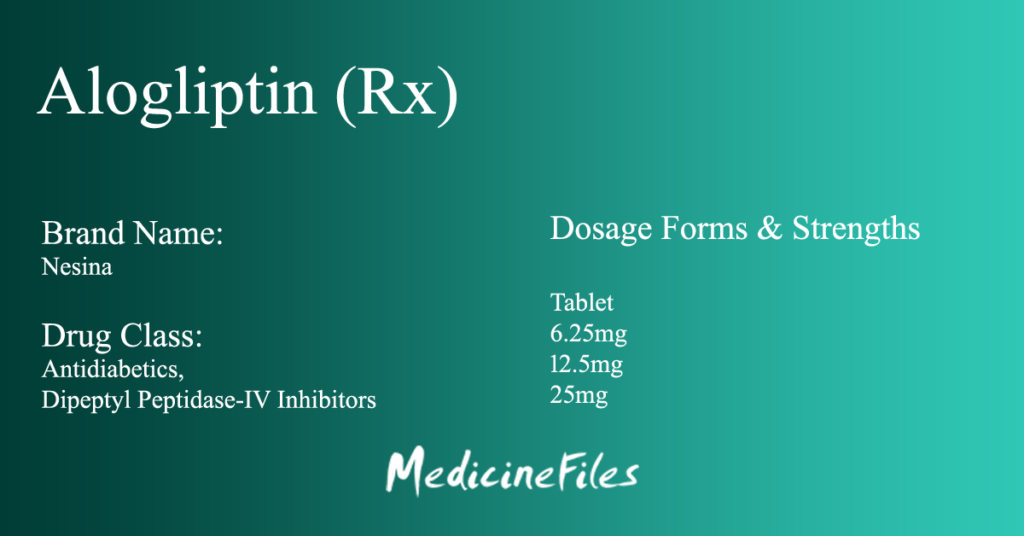Empagliflozin (Rx)
Empagliflozin Brand name: Jardiance
Dea Class: Rx (Prescription drug)
Drug Class: Antidiabetics, SGLT2 Inhibitors
Dosage form: Oral Tablet: 10mg, 25mg
In this Post
What is Empagliflozin and how does it work?
Empagliflozin is oral sodium-glucose co-transporter 2 (SGLT2) inhibitor
It is used in adults with type 2 diabetes mellitus (DM); to reduce the risk of cardiovascular (CV) death in adults with type 2 DM and established CV disease; to reduce risk of CV death and heart failure (HF) hospitalization in adults with HF
Not recommended for glycemic control in patients with severe renal impairment due to reduced efficacy
What are Empagliflozin uses?
Empagliflozin is used as an adjunct to diet and exercise to improve glycemic control in adults with type 2 diabetes
Also indicated to reduce the risk of cardiovascular death in adults with type 2 diabetes mellitus and cardiovascular disease
Indicated to reduce the risk of cardiovascular death plus hospitalization in adults with heart failure (HF)
How should I take Empagliflozin?
Empagliflozin comes as a tablet to take by mouth. It is usually taken once a day in the morning with or without food. Take this medicine at around the same time every day. Follow the directions on your prescription label carefully, and ask your doctor or pharmacist to explain any part you do not understand. Take it exactly as directed. Do not take more or less of it or take it more often than prescribed by your doctor.
Your doctor may start you on a low dose of empagliflozin and increase your dose as needed.
It helps to control your condition, but does not cure it. Continue to take empagliflozin even if you feel well. Do not stop taking it without talking to your doctor.
Ask your pharmacist or doctor for a copy of the manufacturer’s information for the patient.
Empagliflozin Side Effects
The common side effects don’t need medical attention and will disappear as your body adjusts to the dosage. But if you are facing any serious or rare side effects, then immediately seek medical attention.
- Urinary tract infection (7.6-9.3%)
- Female genital mycotic infections (5.4-6.4%)
- Upper respiratory tract infection (3.1-4%)
- Increased urination (3.2-3.4%)
- Dyslipidemia (2.9-3.9%)
- Male genital mycotic infections (1.6-3.1%)
- Arthralgia (2.3-2.4%)
- Nausea (1.1-2.3%)
- Polydipsia (1.5-1.7%)
- Adverse reactions related to volume depletion (eg, blood pressure [ambulatory] decreased, blood pressure systolic decreased, dehydration, hypotension, hypovolemia, orthostatic hypotension, and syncope)
- Increased urination (eg, nocturia)
- Ketoacidosis
- Urosepsis and pyelonephritis
- Necrotizing fasciitis of the perineum (Fournier’s gangrene)
- Angioedema
- Skin reactions
- Acute kidney injury
- Constipation
What Are Warnings and Precautions for Empagliflozin?
Warnings
Increases serum creatinine and decreases eGFR; risk increased in older people or those with moderate renal impairment
Increased incidence of bone fractures reported; American Diabetes Association recommends avoiding sodium glucose cotransporter-2 inhibitors in patients with fracture risk factors
Genital mycotic infections may occur; patients with history of genital mycotic infections and uncircumcised males are more susceptible
Increases risk of urinary tract infections (UTIs), including life-threatening urosepsis and pyelonephritis that started as UTIs
Dose-related increases in LDL-C reported
No conclusive evidence of macrovascular risk reduction with antidiabetic agent
Serious hypersensitivity reactions (eg, angioedema) reported; if a hypersensitivity reaction occurs, discontinue treatment; treat promptly per standard of care, and monitor until signs and symptoms resolve
Before taking Empagliflozin, Cautions
Serious hypersensitivity to empagliflozin (eg, anaphylaxis, angioedema)
Patients on dialysis
Pregnancy and Lactation
Pregnancy
-
Based on animal data showing adverse renal effects, use not recommended during the second and third trimesters of pregnancy
Limited data available in pregnant women are insufficient to determine a drug-associated risk for major birth defects and miscarriage
Lactation
-
There is no information regarding presence in human milk, the effects on breastfed infant or on milk production
What Are Dosages of Empagliflozin?
Dosage Forms & Strengths
Tablet: 10mg, 25mg
25 mg/day PO.
25 mg/day PO.
Safety and efficacy have not been established.
Safety and efficacy have not been established.
Safety and efficacy have not been established.
Safety and efficacy have not been established.
Empagliflozin brand name
Empagliflozin brand name: Jardiance 10mg, 25mg
Brand names of Empagliflozin combination products
- Glyxambi® (as a combination product containing Empagliflozin and Linagliptin)
- Synjardy® (as a combination product containing Empagliflozin and Metformin)
- Trijardy® (as a combination product containing Empagliflozin, Linagliptin, and Metformin)
Also Read:
Dapagliflozin Uses, Side Effects, Dosage, Warnings
Canagliflozin Uses, Side Effects, Dosage, Warnings


